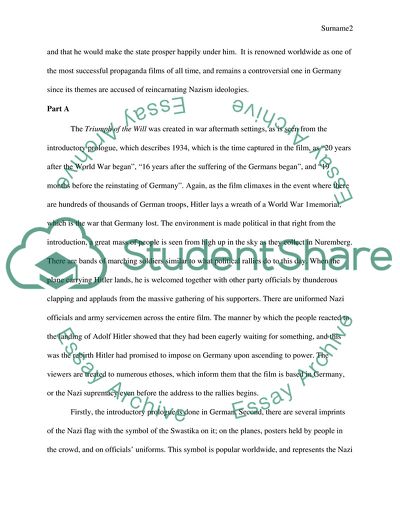Cite this document
(Communication and Persuasion, Film Classic of Propaganda Movie Review, n.d.)
Communication and Persuasion, Film Classic of Propaganda Movie Review. Retrieved from https://studentshare.org/visual-arts-film-studies/1832677-communication-and-persuasion-film-classic-of-propaganda
Communication and Persuasion, Film Classic of Propaganda Movie Review. Retrieved from https://studentshare.org/visual-arts-film-studies/1832677-communication-and-persuasion-film-classic-of-propaganda
(Communication and Persuasion, Film Classic of Propaganda Movie Review)
Communication and Persuasion, Film Classic of Propaganda Movie Review. https://studentshare.org/visual-arts-film-studies/1832677-communication-and-persuasion-film-classic-of-propaganda.
Communication and Persuasion, Film Classic of Propaganda Movie Review. https://studentshare.org/visual-arts-film-studies/1832677-communication-and-persuasion-film-classic-of-propaganda.
“Communication and Persuasion, Film Classic of Propaganda Movie Review”, n.d. https://studentshare.org/visual-arts-film-studies/1832677-communication-and-persuasion-film-classic-of-propaganda.


